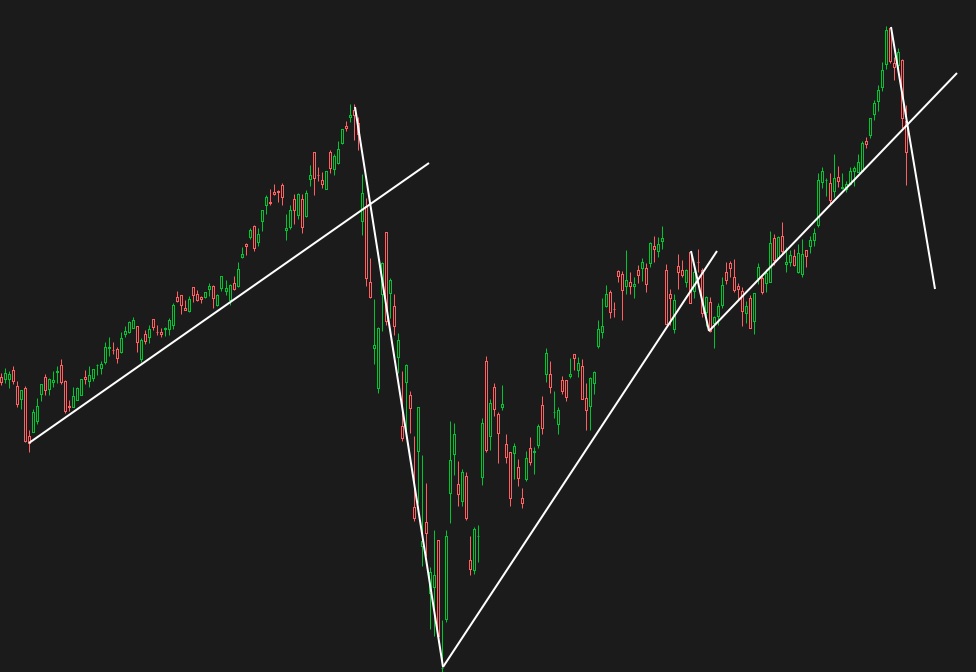Stock Trend Analysis for Successful Trading
Conducting a stock trend analysis on stocks before you actually trade them can save you a lot of money in the long run. When you make a trade based on what people say, a stock has usually already made its move and is going to head back down. But eager traders just jump right in to join the band wagon just to quickly find out it was a huge mistake.

After years of research on the charts and having my own failures over the years, I've learned a few tricks about determining future trends based on some of the past trends in the stock market.
Combined with a good trading system that tells you when to get in and out, you can effectively determine how long you can stay in the trade before the move loses steam and starts to reverse.
Analyzing a Stock Trend
To start analyzing a stock trend, you need to bring up a potential stock to trade up in your charting system.
There are several ways to figure out a stock's trend (either upward or downward). Simply looking at the past price history of the stock shows oscillating up and down movement over time.
Here's a short video explaining up-trends and downtrends, how to tweak them in, and how to use them to determine reversals from the current trend.
Why Trends are Important
Stock trends are very important when it comes to knowing when to get into and out of a stock. But it's not just about the stocks. It's about their overlying sector and the overall market conditions. A stock can have the most perfect up trend, but if the market shifts to a down trend, followed by the sector, the stock is short to follow. Rushing to make a trade based on other indications can enable you to lose a lot of money very fast.
Always check the current trend of the Dow Jones Industrial average, the NASDAQ, and the S&P before you buy into a new position. If the markets are down, it's not wise to buy.
Do your research. Find out what sector your stock falls under and check to see what the majority of stocks are doing in the sector. If the overall market is up, but the sector is down, don't buy the stock.
Be patient and let the downtrend turn back up before making any investment decisions.
Another reason stock trends are important is because they can alert you to a shift in your position so you can get out before you lose too much. If you are currently holding a position and the stock, the overall market, or the sector begins to shift trends downward, it may be a good indication to liquidate your position (hopefully for a gain). But it will also get you out before you lose too much.
Stock trends are an important part of your daily research and can help protect your investments as well as be a guide so you know when it is safe to trade or not. It only takes a few minutes a day to check out the market trends. Look at weekly charts for longer term trends and daily charts for shorter term trends.
Don't get caught buying stocks in a down market. Always be a step ahead when it comes to your stock trading practices.

New! Comments
Have your say about what you just read! Leave me a comment in the box below.